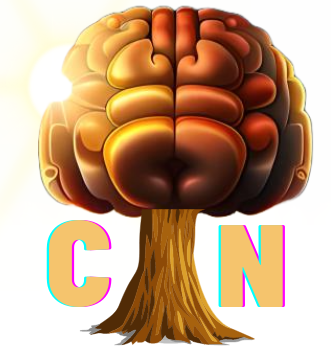Stupidity is the same as evil if you judge by the results
Margret Atwood
Cobra Effect:
Back in 1870s during british colonial rule over India, The British Government was troubled by the growing cobra population in and around Delhi. To solve that problem as quickly as possible without risking the lives of british soldiers, they started a reward program for every indian that bought a dead snake back to officials. Though the strategy seemed to work initially however, in the desire to get maximum rewards, breeding of cobras proliferated among the enterprising people of India. Which further bought back the infestion of cobras to the same levels there by making officials churn more and more rewards.
Upon conducting investigation, when British Government became aware about these antics, they scraped the reward program. Which further triggered the breeders to set their now-worthless snakes free into the wild. The British Government thus ended up with more problems that they had in the begining as they didn’t consider that even the results of their actions could have unintended consequences or Second Order Effects.
Just like British Government, most of us think and care about only the immediate implications of our decisions/actions, which is also referred to as First order of thinking as it is easy, fast and focuses on the intended consequences of our decisions.
What is Second Order Thinking?
Second order thinking is a type of advanced critical thinking that involves thinking about one’s own thought processes. It is a way of stepping back and evaluating the assumptions, mental models, and thought patterns that underlie our actions and decisions. This type of thinking is also known as meta-cognition, or thinking about thinking.
It is the ability to look beyond the intended results of our actions and focusing on the unintended consequences of those results.
Why Second Order thinking is beneficial ?
Second order thinking is important because it allows us to identify and challenge our own biases and preconceived notions. By recognizing and questioning our own mental shortcuts and preconceptions, we can avoid making decisions based on flawed or incomplete information. This can lead to better decision making and improved problem solving abilities.
One of the key skills of second order thinking is the ability to recognize when we are making assumptions. We all make assumptions on a daily basis, often without even realizing it. These assumptions can be based on past experiences, societal norms, or simply the way we were taught to think. However, these assumptions are not always accurate, and can lead us astray if we don’t take the time to evaluate them.
How to think in Second Order thinking
Second order thinking involves considering multiple perspectives and looking at a problem from multiple angles. This can help us to see the bigger picture and avoid making decisions based on limited information. By considering different perspectives, we can gain a more well-rounded understanding of a problem and come up with more creative and effective solutions.
Following pointers can help adopt Second order thinking for your decision-making process.
- Results of First Order thinking becomes a problem for second order thinking. It requires one to be observant.
- Think about the range of likely feature outcomes and evaluate your thought processes and assumptions.
- Ask yourself questions: Asking yourself questions can help you to evaluate your thought processes and challenge your assumptions Some examples of questions you might ask yourself include What I am assuming ? or then what? or What evidence do I have to support this?
- Identify and challenge your biases: We all have biases, and they can influence our thinking and decision making without us even realizing it. By recognizing and challenging our biases, we can avoid making decisions based on flawed or incomplete information.
Like any skill, second order thinking takes practice to develop. While making a decision, Set aside some time to evaluate your thought processes and challenge your assumptions. As you practice, you will become more comfortable with this type of thinking and will be better able to apply it in your daily life.

